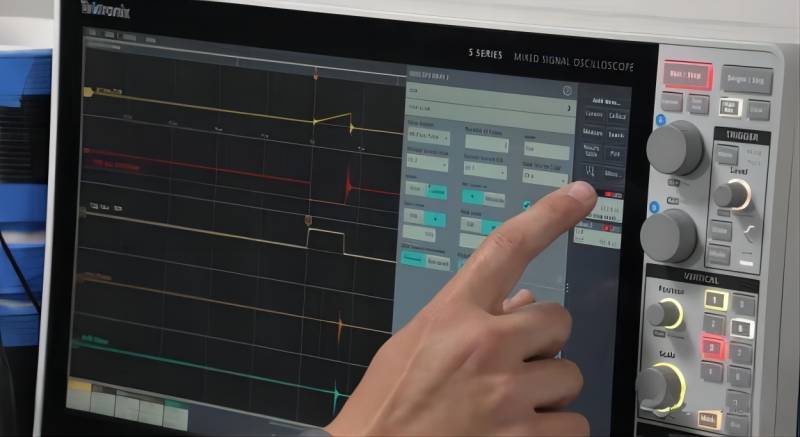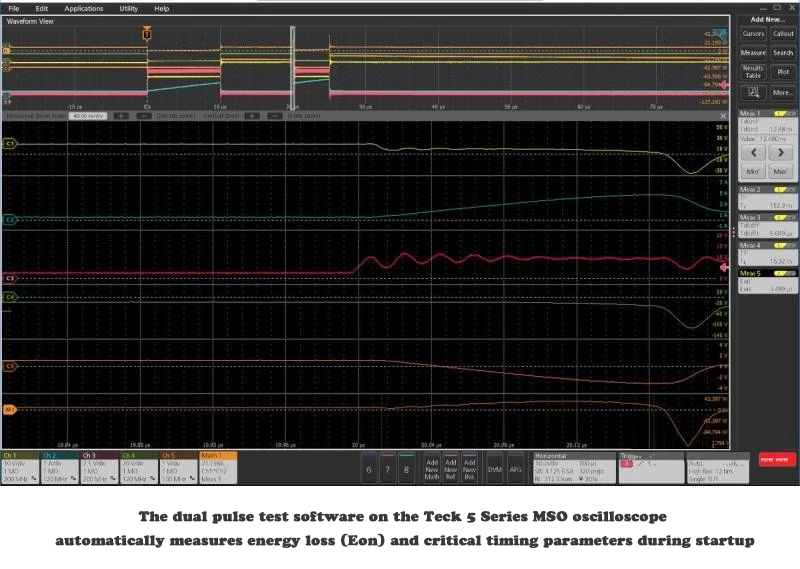The third generation of semiconductors, represented by gallium nitride (GaN) and silicon carbide (SiC), have been rapidly developed due to their excellent properties. However, how to accurately measure the parameters and characteristics of these devices in order to tap their potential and optimize their efficiency and reliability requires high-precision measuring equipment and professional methods.
The new generation of wide band gap (WBG) materials represented by silicon carbide (SiC) and gallium nitride (GaN) are becoming more and more widely used. Electrically, these substances are closer to insulators than silicon and other typical semiconductor materials. These substances are designed to overcome the limitations of silicon because it is a narrow band-gap material and therefore causes poor leakage of electrical conductivity, which becomes more pronounced as temperature, voltage or frequency increases. The logical limit to this leakage is uncontrolled conductivity, equivalent to a semiconductor operating failure.
Of these two wide band gap materials, GaN is mainly suitable for low and medium power implementation schemes, around 1 kV and below 100 A. One significant growth area for GaN is its use in LED lighting, but also growing in other low-power uses such as automotive and RF communications. In contrast, the technologies surrounding SiC are better developed than GaN and are better suited to higher power applications such as electric vehicle traction inverters, power transmission, large HVAC equipment, and industrial systems.
SiC devices are capable of operating at higher voltages, higher switching frequencies, and higher temperatures than Si MOSFETs. Under these conditions, SiC has higher performance, efficiency, power density and reliability. These advantages are helping designers reduce the size, weight and cost of power converters to make them more competitive, especially in lucrative market segments such as aviation, military and electric vehicles.
SiC MOSFETs play a crucial role in the development of next-generation power conversion devices because of their ability to achieve greater energy efficiency in designs based on smaller components. The shift also requires engineers to revisit some of the design and testing techniques traditionally used to create power electronics.
The demand for rigorous testing is growing
To fully realize the potential of SiC and GaN devices, precise measurements are required during switching operation to optimize efficiency and reliability. Testing procedures for SiC and GaN semiconductor devices must take into account the higher operating frequencies and voltages of these devices.
The development of test and measurement tools, such as arbitrary function generators (AFGs), oscilloscopes, source measurement unit (SMU) instruments, and parameter analyzers, is helping power design engineers achieve more powerful results more quickly. This upgrading of equipment is helping them cope with daily challenges. “Minimizing switching losses remains a major challenge for power equipment engineers,” said Jonathan Tucker, head of Power Supply Marketing at Teck/Gishili. These designs must be rigorously measured to ensure consistency. One of the key measurement techniques is called the double pulse test (DPT), which is the standard method for measuring the switching parameters of MOSFETs or IGBT power devices.
Setup to perform SiC semiconductor double pulse test includes: function generator to drive MOSFET grid; Oscilloscope and analysis software for measuring VDS and ID. In addition to double-pulse testing, that is, in addition to circuit level testing, there are material level testing, component level testing and system level testing. Innovations in test tools have enabled design engineers at all stages of the lifecycle to work towards power conversion devices that can meet stringent design requirements cost-effectively.
Being prepared to certify equipment in response to regulatory changes and new technological needs for end-user equipment, from power generation to electric vehicles, allows companies working on power electronics to focus on value-added innovation and lay the foundation for future growth.
Post time: Mar-27-2023








